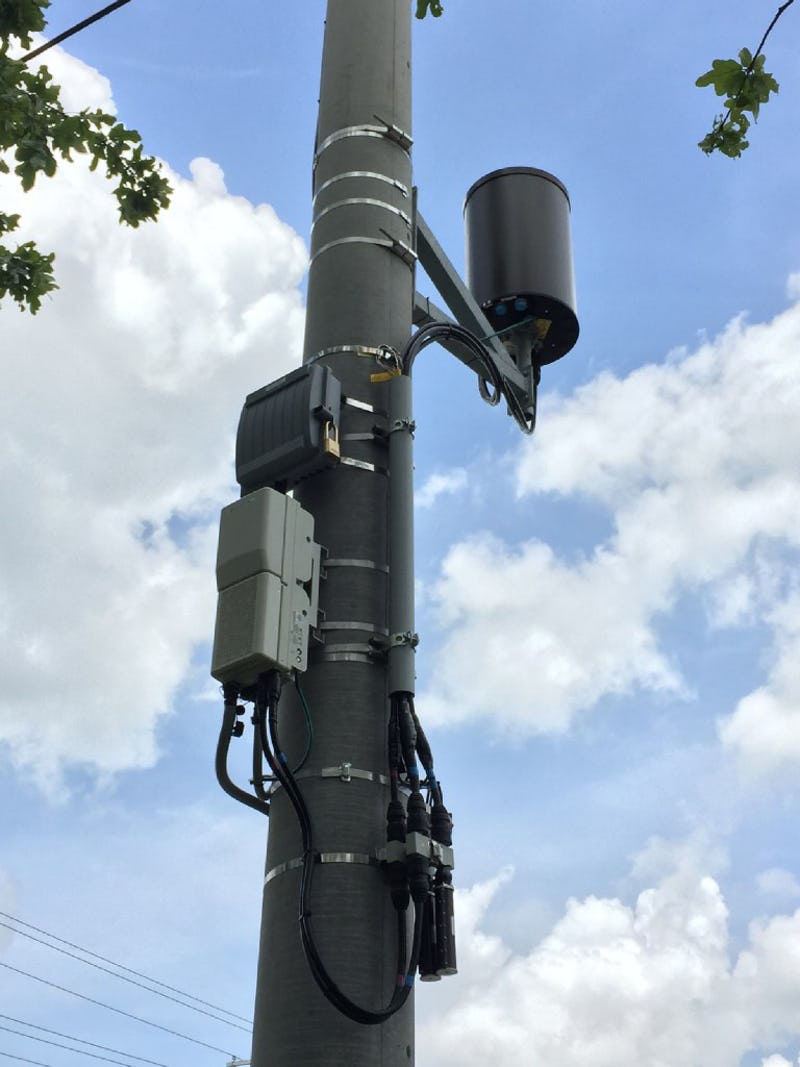If you've ever been through a city you might have noticed tiny mini 5G cell towers on street light poles. They appear like tiny boxes however they're actually sending wireless signals from mobile providers to your mobile.
safe distance to live from cell phone tower are being replaced by larger, purpose-built cell towers. Although they're not as visible, they still can cause problems for people.
The FCC's Radiation Exposure Thresholds
The FCC's Radiation Exposure Thresholds determine the safe distance that an individual can be exposed to electromagnetic radiation from wireless devices. The exposure limits are based on scientific data which show that the energy of RF could be harmful to human health.
The absorption rate specific (SAR) is a measure of the amount of radiofrequency energy absorption by tissues. It's usually 1.6 milliwatts per kilogram spread over a kilogram of tissue.

But, since 5g operates at higher frequencies and has the potential to increase the intensity of energy on the skin as well as other body parts. This can lead to a wide range of possible harms, such as an increase in the development of skin conditions like dermatitis, skin cancer and cataracts.
Because of the potentially harmful effects of radiation from 5G, PSU has chosen to create a general limits on power density, which is 4mW/cm2 averaged over 1 cm2, but not exceeding 30 minutes for all 5G services running at 3000 GHz. This limit for localization is in line with the highest SAR spatial-average of 1.6 W/kg averaged over 1 5 grams of body tissue, at 6 GHz.
The FCC's Maximum Exposure Thresholds
In the event that you've used mobile phone, you probably know that a safe distance from the tower is around 400 meters. This is due to the transmitting power of the cell tower is significantly increased the farther the tower is.
While it sounds like an ideal idea, the reality is that those living close to towers may actually be more susceptible to health problems. For example, a study from 2014 in India discovered that people living within 50 meters of cell towers experienced significantly more health complaints than those who lived farther far from antennas.
This study showed that residents who moved into areas farther away from cell towers noticed their symptoms return to normal within a couple of days. Other studies have shown that exposure to high levels of radiofrequency electromagnetic fields (EMFs) could cause brain tumors, cancer and other health issues.
This is because radiofrequency radiation, utilized in wireless communications, can penetrate the human body's exterior layer, which is the skin. It is crucial to know because the skin serves as a shield against injury to the body, infection by pathogenic microorganisms, and entry of toxic substances. safe distance to live from cell phone tower is also the biggest organ of the human body and is responsible for protecting other organs.
The FCC's Minimum Exposure Thresholds for the Minimum Exposure
The FCC's Minimum Exposure Thresholds are based on various assumptions that aren't supported by evidence from science. These include the erroneous belief that short-term exposures RF radiation are safe because of the minimal penetration into the body (i.e. thermal heating of tissue).
This assumption does not take into account the greater penetration of ELF elements of modulated radio signals and the effects of short bursts of heat caused by RF pulses. These theories are not compatible with the current understanding of biological effects of RF radiation. As such they shouldn't be relied upon for health-protection exposure guidelines.
In addition, the ICNIRP and FCC are limiting its maximum levels of radiation exposure for local peak SARs based on the peak spatial specific absorption rate (psSAR), which can be described as not a reliable dosimetric instrument to determine the degree of radiation exposure. Particularly what is a safe distance from a 5g cell tower is not accurate for frequencies that exceed 6 GHz. Furthermore, psSAR has not been tested for RF radiation with co-exposure to other environmental agents , such like sunlight. The interactions of RF radiation and other environmental agents could produce synergistic or antagonistic results. This could result in an increased risk of adverse health effects. For example, co-exposure to RF radiation and sunlight could raise the chance of developing skin cancer, as well as aggravate other skin disorders, such as acne.
